Are you considering fortifying your organization's digital defenses? Crafting a solid cybersecurity services agreement is essential to establish clear expectations and responsibilities between you and your service provider. This crucial document not only safeguards your data but also provides a framework for collaboration and accountability. If you're ready to learn more about what to include in your cybersecurity services agreement, keep reading!

Scope of Services
Cybersecurity services encompass a range of protective measures aimed at safeguarding information technology systems from cybersecurity threats. These services include risk assessment measures to identify vulnerabilities in network infrastructure, implementation of firewall solutions designed to block unauthorized access, and intrusion detection systems (IDS) to monitor network traffic for suspicious activities. Regular security audits are performed to assess compliance with international standards such as ISO/IEC 27001, while employee training programs enhance awareness of phishing attacks and social engineering tactics. Incident response planning ensures that organizations can effectively react to security breaches, minimizing damage. Continuous monitoring services provide real-time alerts for potential threats, using advanced tools like Security Information and Event Management (SIEM) systems. The goal is to create a robust cybersecurity framework that not only protects sensitive data but also maintains the integrity and availability of critical business operations.
Data Protection and Privacy
Cybersecurity services play a critical role in protecting sensitive information in industries such as healthcare and finance, specifically in locations like the European Union, which imposes rigorous data protection regulations under the General Data Protection Regulation (GDPR). Effective data protection strategies involve implementing robust encryption protocols, such as AES-256, to secure data both at rest and in transit. Regular vulnerability assessments and penetration tests are essential to identify weaknesses in network architecture and applications, with cybersecurity frameworks like NIST Cybersecurity Framework providing a structured approach. Additionally, employee training programs focused on phishing awareness can significantly reduce the risk of social engineering attacks, further enhancing an organization's overall security posture. Compliance audits are necessary to ensure adherence to industry standards and best practices, which can mitigate the risk of data breaches and the consequential financial penalties that can arise from non-compliance.
Responsibilities and Obligations
A cybersecurity services agreement establishes clear responsibilities and obligations between service providers and clients. The service provider, typically a specialized firm, is tasked with implementing robust measures, including network security protocols, data encryption strategies, and threat monitoring systems to safeguard sensitive information. The client, an organization such as a financial institution or healthcare provider, must provide necessary access, including documentation and credentials, to complete assessments of their existing security infrastructure. Both parties should engage in regular security audits, establish protocols for incident response, and collaborate on compliance with relevant regulations like the General Data Protection Regulation (GDPR) or the Health Insurance Portability and Accountability Act (HIPAA). Not only are these obligations vital for maintaining trust, but they also contribute to the overall defense against cyber threats such as ransomware attacks or phishing attempts, ensuring the integrity and availability of essential business operations.
Confidentiality Agreement
Cybersecurity services agreements often include a confidentiality clause to protect sensitive information shared between the parties involved. Such agreements often stipulate the obligations regarding non-disclosure of proprietary information, ensuring that both the service provider and the client, often companies or organizations, protect trade secrets, operational data, and personal identifiable information (PII). In these agreements, the duration of confidentiality obligations typically spans several years, often extending beyond the termination of the contractual relationship, to safeguard ongoing interests. Additionally, legal jurisdictions, such as New York or California, may play a significant role in determining the enforceability of these confidentiality claims, highlighting the importance of consulting legal experts for compliance with state and federal laws on data protection.
Termination and Dispute Resolution
A cybersecurity services agreement typically includes essential sections detailing termination and dispute resolution. Termination clauses address the conditions under which either party can end the contract. Common reasons for termination include failure to comply with contract terms, non-payment for services rendered, and breach of confidentiality (potentially causing data loss). Dispute resolution outlines the procedures for addressing conflicts that arise during the agreement's duration. Methods may include mediation (involving a neutral third party), arbitration (binding decision-making), and escalation to litigation (court proceedings). Illegal activities related to data breach incidents and privacy violations deepen the significance of solid agreements and resolution processes. Overall, these sections ensure both parties understand their rights and responsibilities in maintaining cybersecurity protocols and avoiding legal complications.

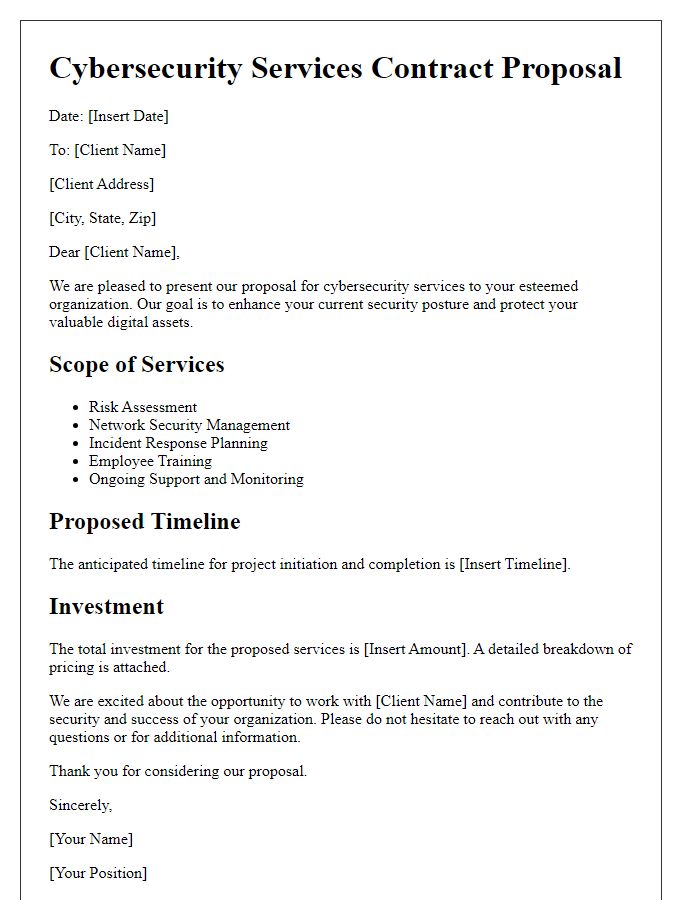
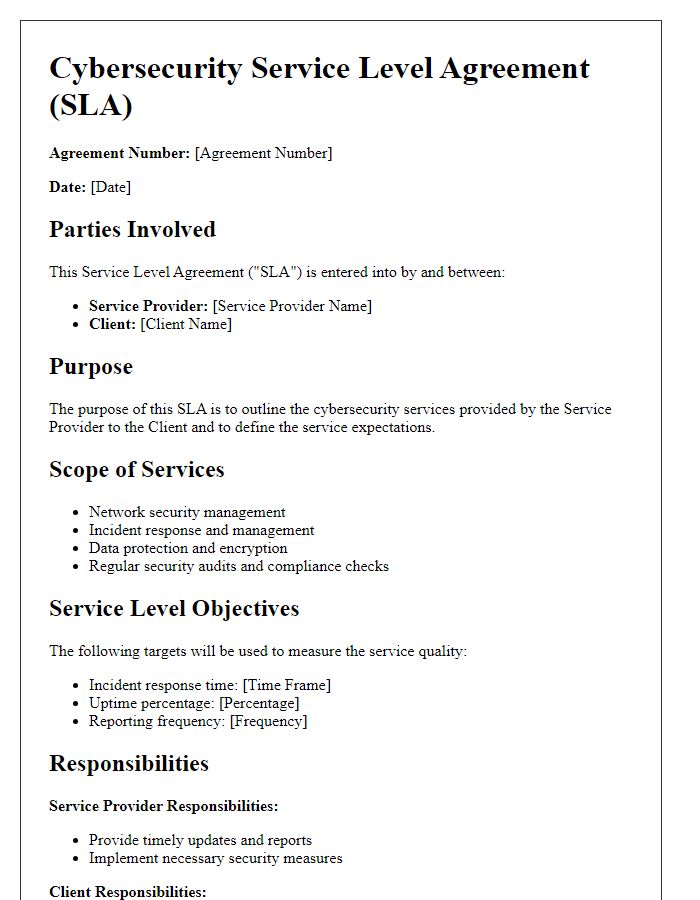
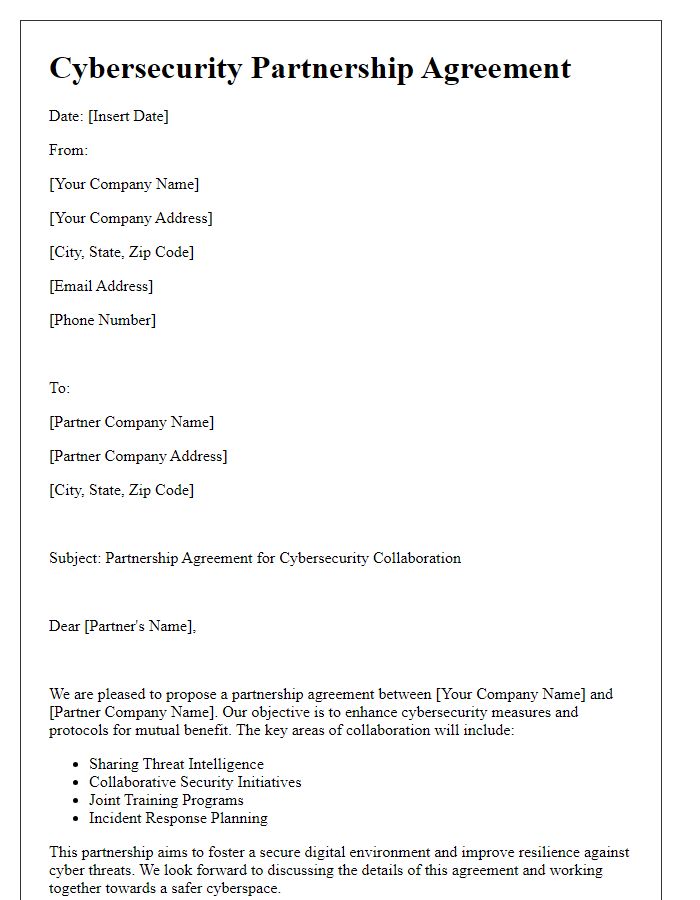
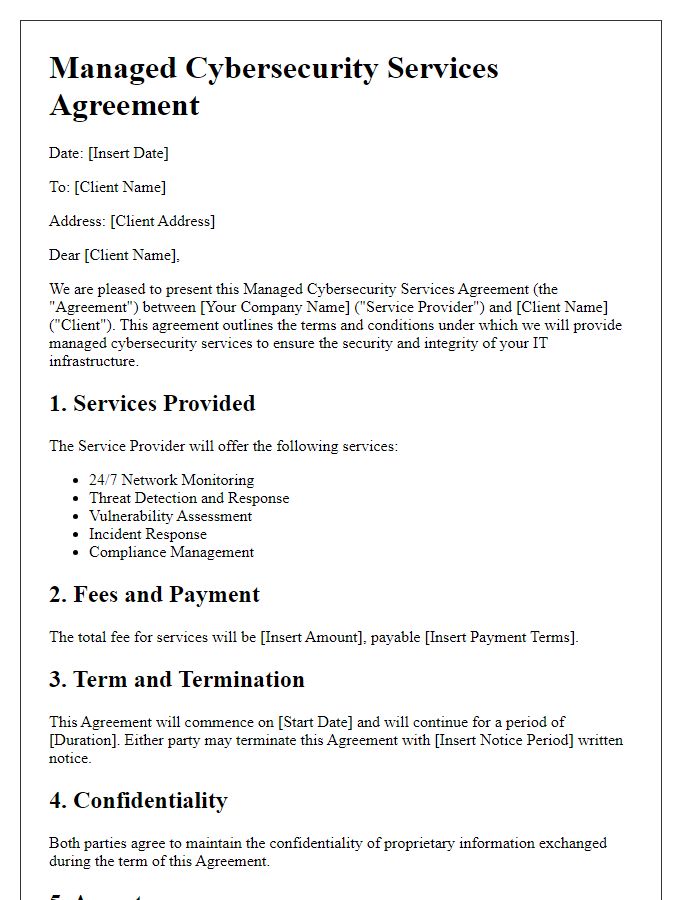
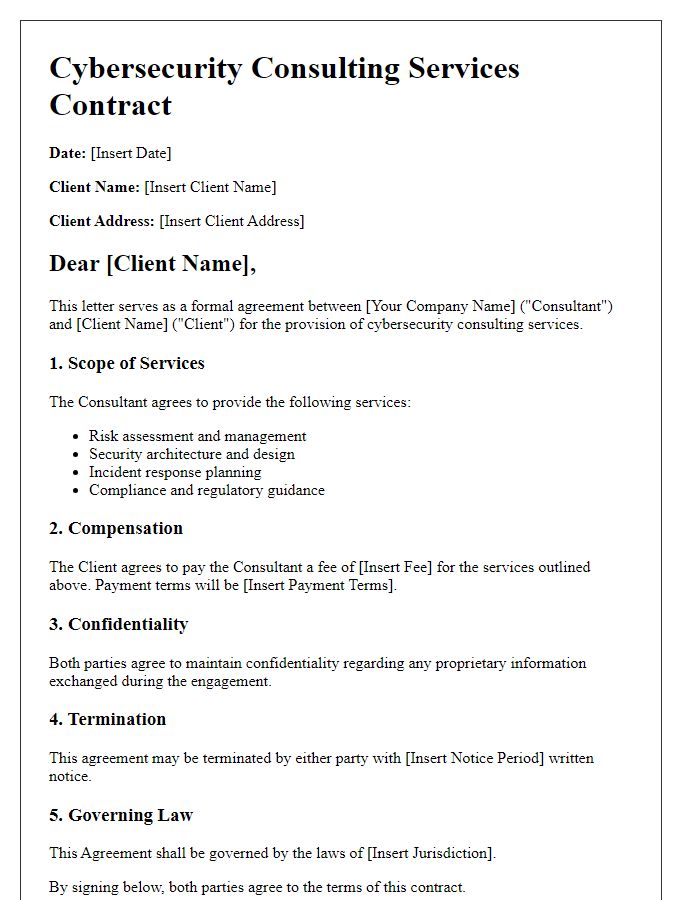
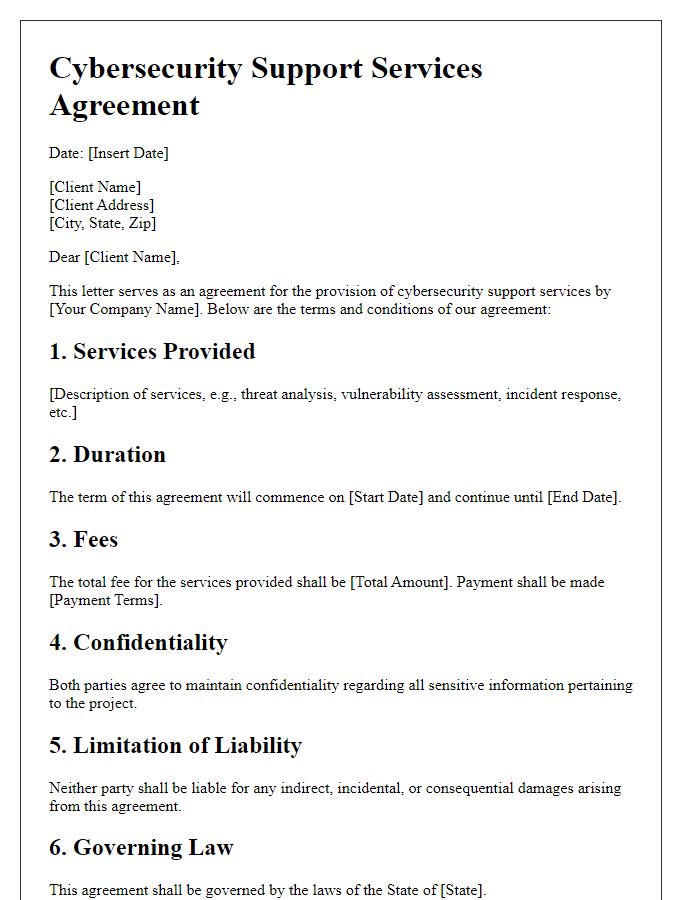
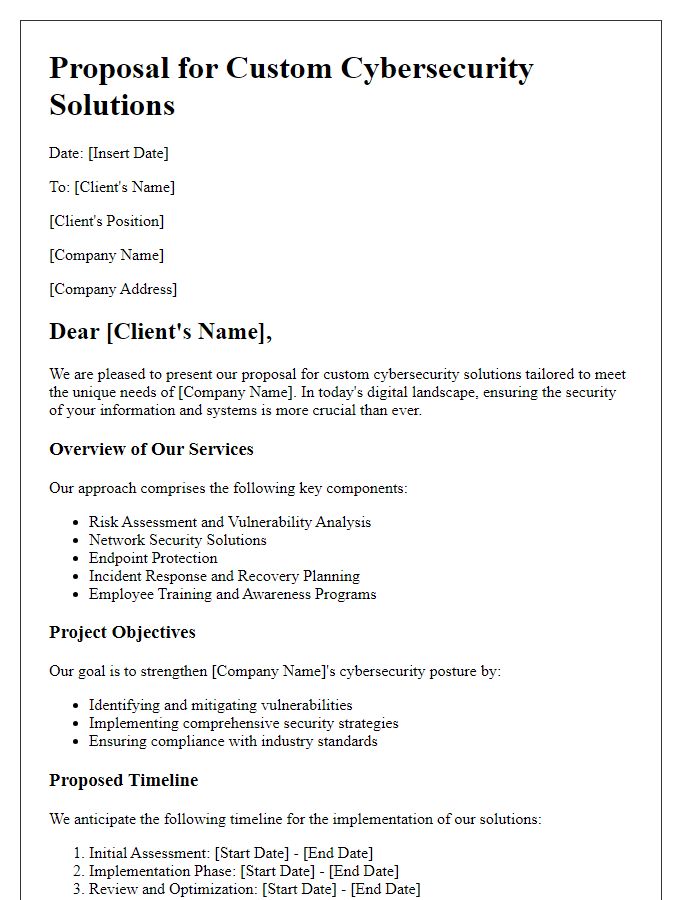
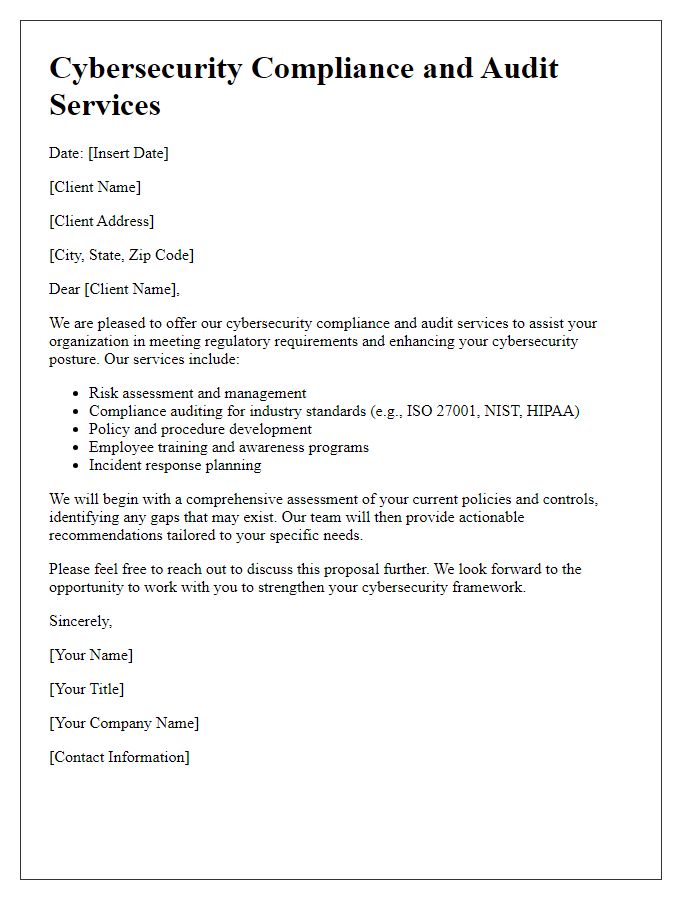
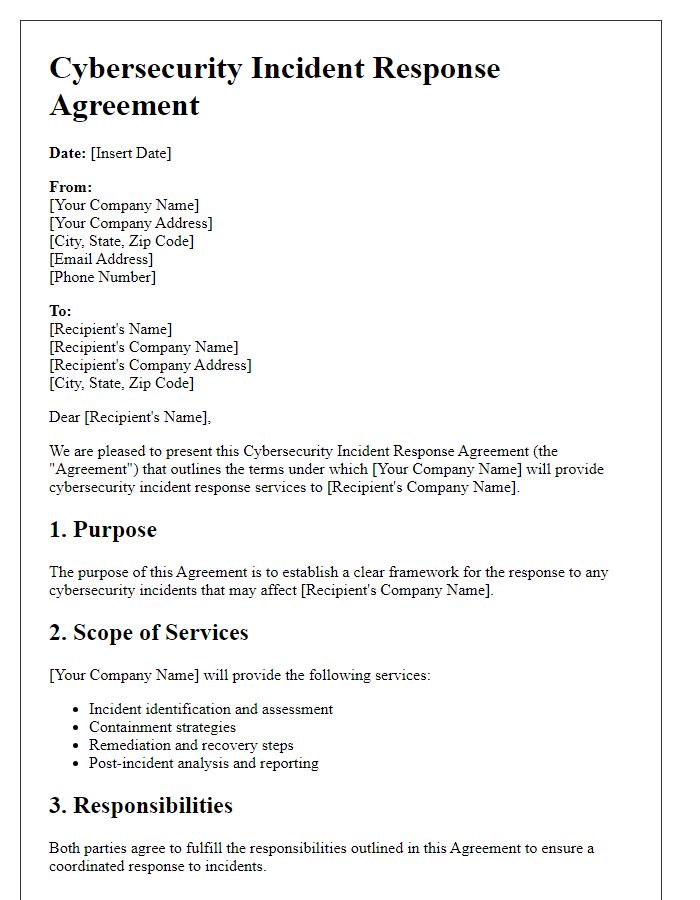
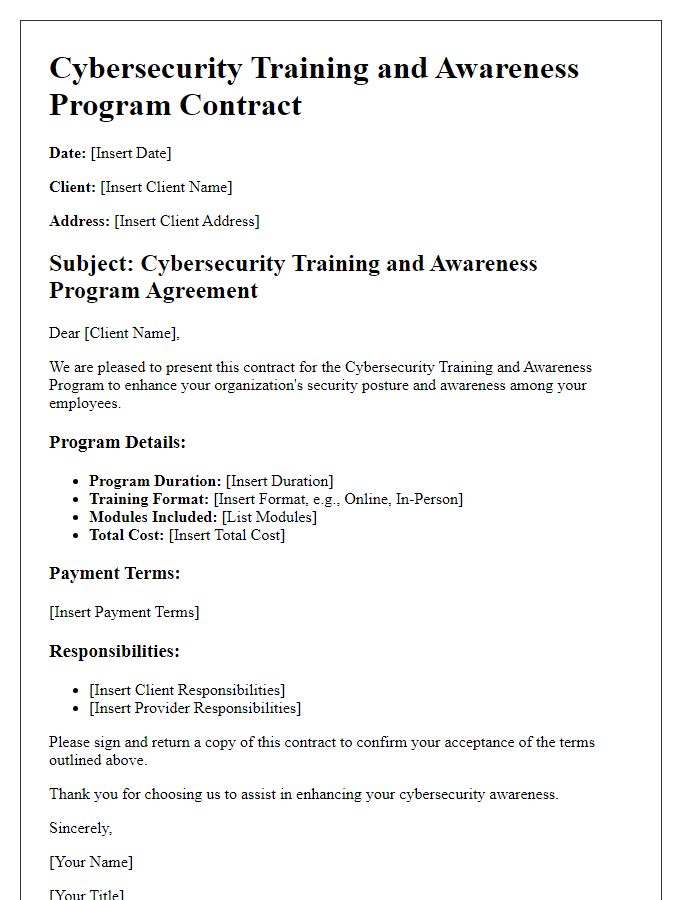





Comments